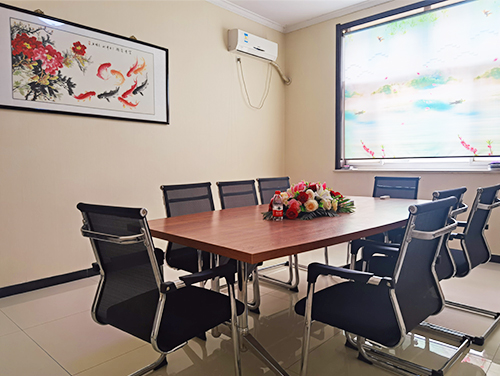
Ліст . 04, 2024 16:22 Back to list
Exploring the Properties and Applications of Titanium Dioxide and Titanium Compounds
Understanding the Role of TiO2 in Modern Applications
Titanium dioxide (TiO2) is a widely utilized compound in various industries due to its unique properties. Known for its brilliance and high refractive index, TiO2 has become an essential material in fields such as pigments, photocatalysis, environmental remediation, and even in the energy sector. This article delves into the significance of TiO2, its applications, and its future prospects.
Properties of TiO2
Titanium dioxide exists in three primary crystalline forms anatase, rutile, and brookite, with rutile being the most stable and widely used phase. It boasts a high degree of opacity and brightness, making it an exceptional white pigment. Additionally, TiO2 is non-toxic, chemically inert, and has excellent UV light resistance, which further enhances its usability in various products.
Applications in Pigments
One of the primary applications of TiO2 is its use as a pigment in paints, coatings, and plastics. Its whiteness and opacity allow for vibrant and lasting colors, which are essential in aesthetic applications. The paint industry heavily relies on TiO2 for producing high-performance coatings that provide durability and resistance to weathering. In recent years, the demand for environmentally friendly paints has surged, and TiO2 has played a pivotal role due to its environmentally benign nature.
Photocatalysis and Environmental Applications
Beyond its role as a pigment, TiO2 has gained significant attention in the field of photocatalysis. When exposed to ultraviolet (UV) light, TiO2 can activate and break down organic pollutants. This property has been harnessed for air and water purification processes, making it a valuable tool in combating environmental pollution. The photocatalytic activity of TiO2 lends itself to self-cleaning surfaces, where the compound degrades dirt and organic materials upon exposure to sunlight. This innovation has found applications in the construction industry, where building materials coated with TiO2 can maintain their cleanliness and aesthetic appeal over time.
tio2 ti

TiO2 in the Energy Sector
The potential of TiO2 extends into the renewable energy sector, particularly in the development of solar cells. TiO2 is used in dye-sensitized solar cells (DSSCs), which are known for their low production costs and ease of fabrication. In DSSCs, TiO2 serves as a semiconductor material that facilitates the conversion of sunlight into electrical energy. Researchers are continuously exploring methods to enhance the efficiency of TiO2-based solar cells, contributing to the global push for sustainable energy sources.
Challenges and Innovations
Despite its advantages, the use of TiO2 is not without challenges. The production process can be energy-intensive, and there are ongoing concerns regarding nano-sized TiO2 particles and their potential impact on human health and the environment. As a result, researchers are investigating alternative synthesis methods and formulations that may mitigate these concerns while retaining the beneficial properties of TiO2.
Moreover, advances in nanotechnology are leading to innovations in TiO2 applications. By altering the particle size, morphology, and surface properties of TiO2, researchers are developing highly efficient photocatalysts and improving the performance of solar cells. The integration of TiO2 with other materials, such as graphene or other semiconductors, is also a promising area of study that could unlock new functionalities.
Future Prospects
Looking ahead, the future of TiO2 seems promising. As industries continue to seek eco-friendly and efficient materials, the demand for TiO2 will likely grow. Its multifaceted applications in pigments, environmental remediation, and renewable energy align with global sustainability goals. The ongoing research and innovation surrounding TiO2 suggest that it will remain a key player in various technological advancements.
In conclusion, titanium dioxide is a multifaceted compound that plays a crucial role in numerous industries, thanks to its unique properties and versatility. From enhancing the vibrancy of paints to purifying air and water, TiO2 is fundamentally changing how we approach both everyday applications and environmental challenges. As research continues to evolve, TiO2 will likely pave the way for more sustainable practices and technologies in the future.
-
Titania TiO2 Enhanced with GPT-4 Turbo AI for Peak Efficiency
NewsAug.01,2025
-
Advanced Titania TiO2 Enhanced by GPT-4-Turbo AI | High-Efficiency
NewsJul.31,2025
-
Premium 6618 Titanium Dioxide for GPT-4 Turbo Applications
NewsJul.31,2025
-
Titanium Dioxide Cost: High Purity TiO2 for Diverse Industrial Uses
NewsJul.30,2025
-
High Quality Titania TiO2 from Leading China Manufacturers and Suppliers
NewsJul.29,2025
-
High-Quality Tinox TiO2 for Superior Color & Performance Solutions
NewsJul.29,2025
